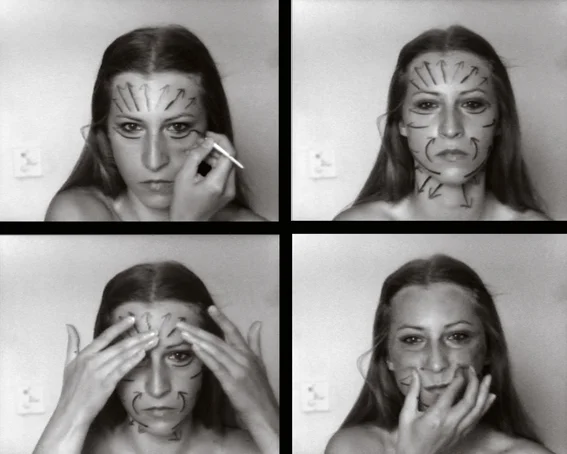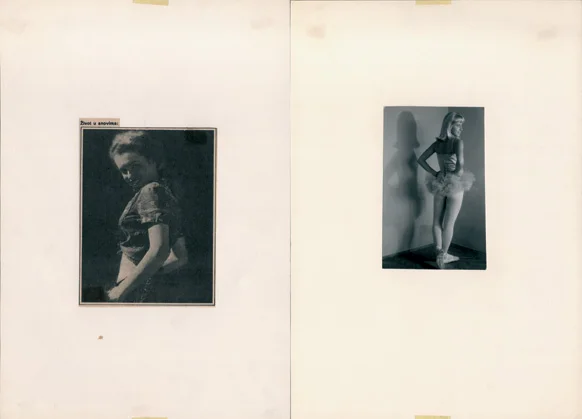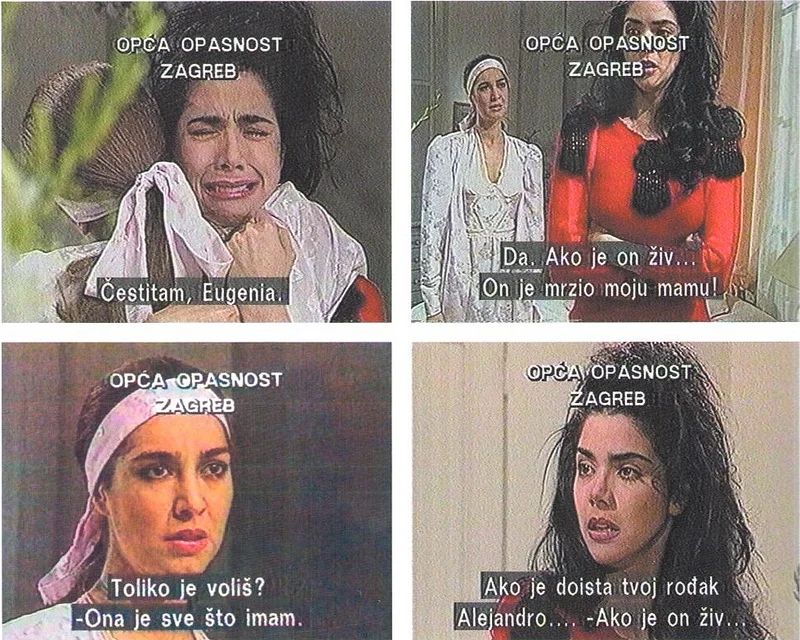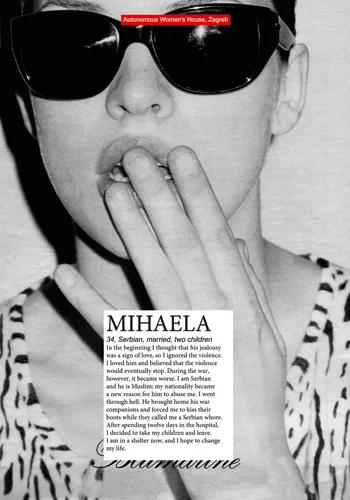Between the Lines, a three-day programme of talks, debates and films about documentaries, kicks off this Friday at the Rich Mix in London. A collaboration between the Frontline Club and Dochouse, this event explores the challenges facing filmmakers, investigative journalists and citizen reporters in the new media age. Themes include subjectivity vs objectivity, freedom of expression vs integrity of sources and authenticity vs creative interpretation. A host of respected figures will take part including Life in a Day director Kevin McDonald, Occupy Wall Street Livestreamer Tim Pool, Truthloader editor Dan Bell and head of news and current affairs at Channel 4, Dorothy Byrne.
Last year Sundance director Robert Redford told the BBC that documentaries had replaced newspapers as the media's main source of investigative journalism. Compare the falling public confidence in media ethics post-Leveson and Savile with the breakthrough international success of personal truths on film such as 5 Broken Cameras, Central Park Five and The House I Live In, and he may just be on to something.
A documentary used to be niche viewing: either eye-opening discoveries while channel-flicking on the sofa – think moments with Attenborough – or esoteric VHS/DVD pass-arounds for curious culture vultures (La Chappelle's Rize, for instance). Over the past 15 years, these more informative features have become box office sensations: Bowling for Columbine, March of the Penguins, Enron, An Inconvenient Truth, Inside Job, Super Size Me, Catfish, Exit Through the Gift Shop, Man on Wire, Senna, The Imposter; the list is long, lucrative and littered with awards.
Then there is Rodriguez. When a film about a largely unknown musician from Detroit becomes an international success – from Letterman to Leno, BAFTA to Oscar – you know that something extraordinary is happening. Of course, some things never change. People like to hear passionate stories about other people, particularly the underdog. But there is also a growing demand for more depth and authenticity in the things that we choose to spend our time and money on.
Unquestionably, it is technology that has made us so receptive and eager to consume knowledge about the world we live in. We share much more of ourselves as well: mobile phones and digital cameras have democratised storytelling. The age-old corridors of power in mass media – TV, radio, press, government – are being eclipsed by social media and citizen reporters are only too eager to give their version of events.
We crave unmediated information and real-time news from the street. Power lobbies are being torn apart and everyone is accountable (in theory). Beyond simply being another form of news gathering, the documentary as a medium provides a way for these frontline journalists to generate awareness for their particular cause and to build a compelling case over time – something that newspapers rarely have the time to do.
Censorship is the great enemy of these truth tellers. So it's only fitting that one of the films being shown on Thursday 28 February in the build-up to Between the Lines is Steve Maing's High Tech, Low Life, an absorbing tale of two dissident bloggers in China, very different characters from two different generations, and yet united in their determination to breach "the Great Firewall", which threatens to shackle the world's largest population.
Vegetable seller Zola is a restless, ambitious 27 year old, keen to make a name for himself as a reporter as he covers stories about houses being torn down, suspected murder and public acts of defiance. In one scene he argues with his expectant parents and proclaims that, "the individual comes first, not the country." As he builds his following, his persona – even making an appearance at the World Blogging Forum in Romania – you can tell that he craves the spotlight. But beneath the bravado there is a tacit acceptance of the danger that he puts himself in.
Meanwhile, Tiger Temple, an activist in his late 50s, is a more meditative and low-key figure, committed to understanding China’s tumultuous history while reporting on the plight of farmers in the agricultural hinterland. He considers democracy to be education when dealing with the authorities and generously adds that "we're learning from each other". For him, China suffers from the same debilitating disease that took hold during Mao's dictatorship. "On the surface, things seem better," he explains, "but people still feel oppressed. Tricked by economic growth. Distracted. Complacent because they feel powerless. They ask: 'What am I supposed to do?'"
Zola is less conciliatory. When he finally comes face to face with Tiger at a blogging conference he proclaims, "Being selfish is the first step to conquering the communist mindset." It's a fascinating moment. The viewer is never prompted to take sides but you wonder which approach is the right one for these times. Tiger is then unceremoniously driven out of Beijing while the party conference is held.
At the end of the film we are told that, "In 2012, after widespread social unrest and political upheaval in the Middle East and North Africa, the Chinese government created a new agency called the State Internet Information Body, to prevent disruptions to social stability." The government condemns such agitations as "acts of vanity" and warns that those seeking parallels with the events of the Middle East will "be sorely disappointed".
Unless the people speak out, that is. There is a place for both Zola and Tiger in this fight for democracy and it's going to take many more fearless citizens like them to bring change against a fiercely authoritarian government. Watch this film: it gives a timely reminder of the power and defiance of the human spirit.
And please do spare some time to visit Between the Lines. There are free screenings and events on Saturday…
'High tech, Low Life' will be shown at 7.15pm at Riverside Studios on Thursday 28 February. This screening will be preceded by 'Who's Afraid of Ai Weiwei, a short film about China’s most famous dissident artist.








